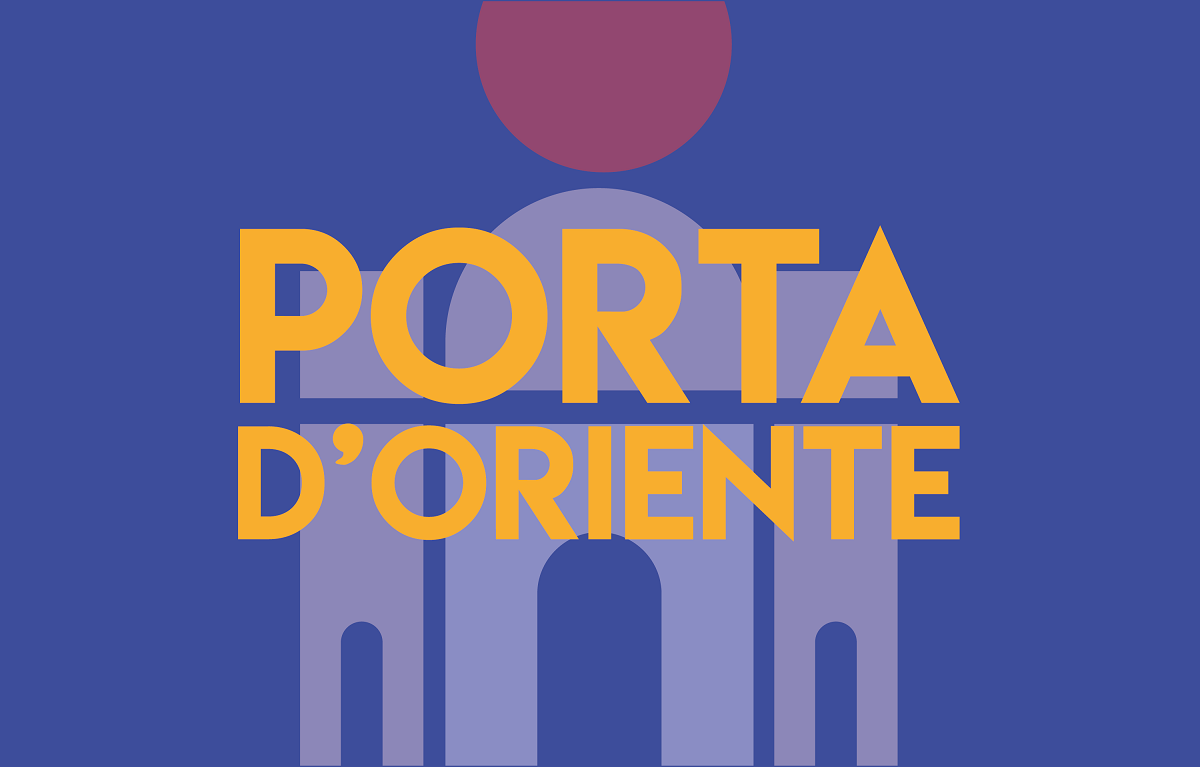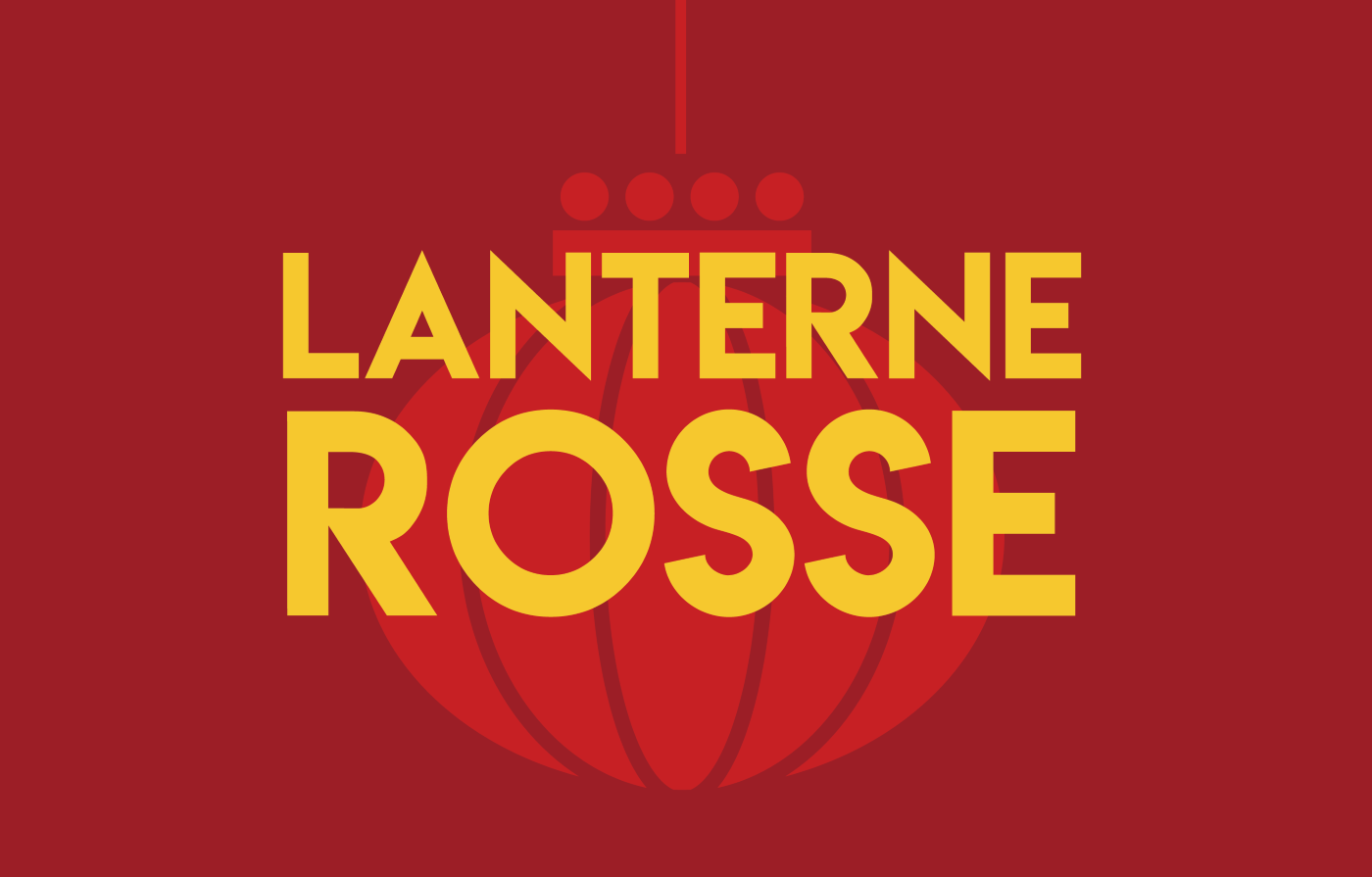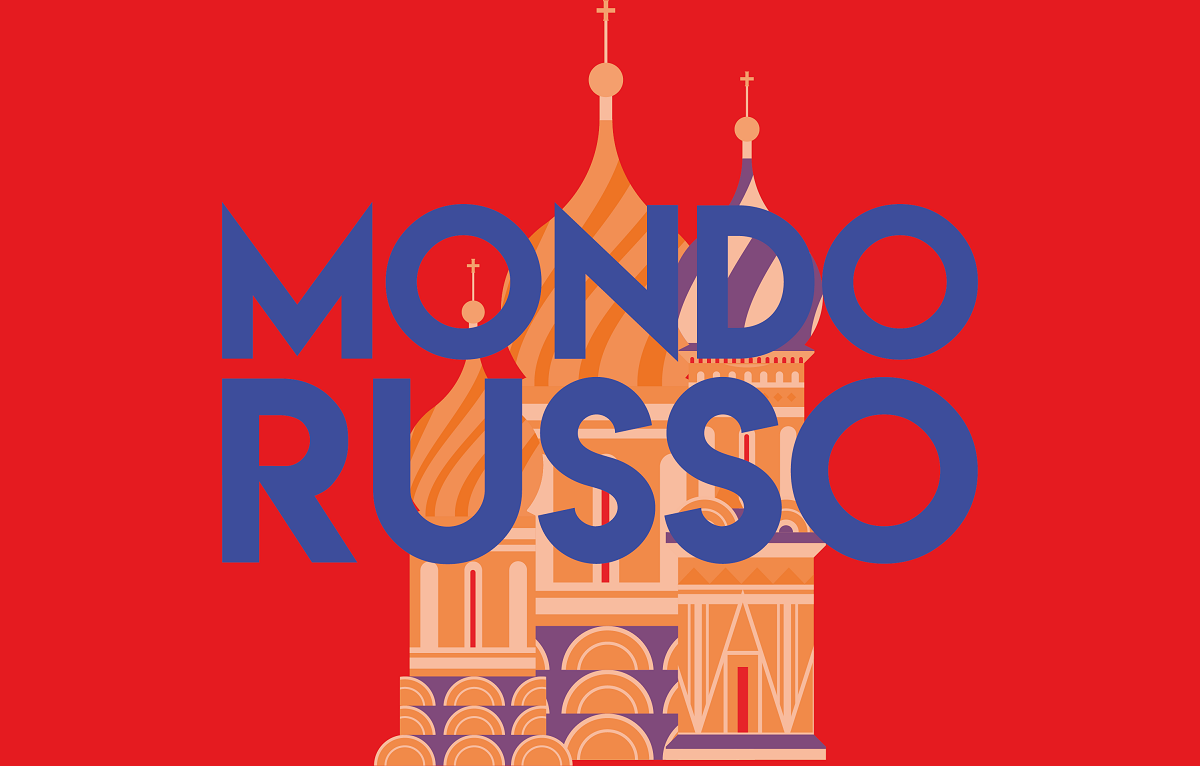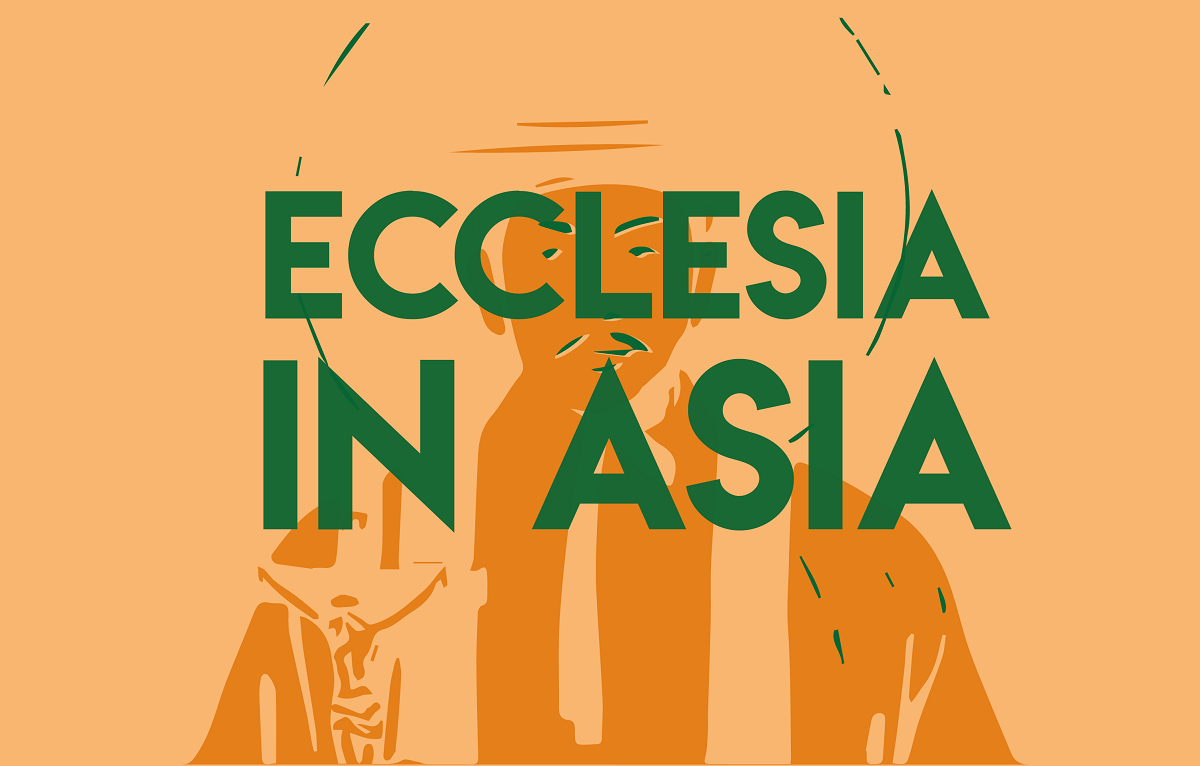Santo Niño festival in Cebu, hope in the Jubilee Year
The annual festival began with the devotion to the image of the Baby Jesus found by the expedition of conquistador Miguel López de Legazpi in 1565. For Archbishop Jose Palma, it is a “true source of joy and hope”. In 2025, El Niño “is the hope,” said Ruben Labajo, bishop-elect of Prosperidad hope.”
Cebu (AsiaNews) – “Nothing can ever separate us from the love of the Santo Niño (Holy Child),” said Archbishop Jose Palma of Cebu in his homily for the 460th Fiesta of the Señor Santo Niño, the oldest in the country’s history, which is celebrated every year on the Sunday closest to 15 January.
“We who receive graces from God, are hopeful. We are instruments of hope to bring joy, faith, blessings, and hope to many others,” the prelate added.
When Miguel López de Legazpi, the Spanish conquistador who led an expedition to the Philippines in the mid-16th century, landed on the island of Cebu in 1565, one of his soldiers found an image of the Baby Jesus.
It is believed to be the same statue that explorer Ferdinand Magellan gave to the wife of the island's chieftain after her baptism. The image is still highly venerated and preserved at the Basilica del Santo Niño in Cebu.
For Philippine Catholics, the Santo Niño represents a God accessible to all people, who can be approached without any fear. Devotion instils the virtues of simplicity, obedience and trust in God. At the same time, it calls for mature discipleship and loving service to all.
“Despite human weakness, we can see in Jesus's eyes mercy. And in our good deeds, we can see happiness on His face. He is the Child for us. It's true source of joy and hope,” Archbishop Palma said.
"We thank our parents for their love, care and support. But we are also children of God to a higher degree. We are called to discern God’s will for us by obeying His commandments,” he added.
Such devotion is also the fruit of the hope that faith is capable of instiling, especially in this Holy Year, where Christians are called to be “pilgrims of hope”.
“We are assured that this hope will not be lost because it is the fruit of God's love,” the archbishop said. “That's why we keep hoping, expecting good things because God is loving, ready to give us good things.”
Pope Innocent XIII granted special permission to the Philippines to celebrate the feast every third Sunday in January.
According to Auxiliary Bishop Ruben Labajo of Cebu, bishop-elect of the new Diocese of Prosperidad established by Pope Francis last October in Agusar del Sur province, the Santo Niño is the hope of Catholics, at the service of humanity.
“Let us all remember what Santo Niño is to us: hope. Bring hope to your family and society. He taught us to hope. He is the hope,” Bishop Labajo said.
The prelate also encouraged the faithful to strengthen their patience, deepen their trust in the word of God and pray unceasingly.
"Hope entails patience. Don't say that you want to achieve something or that it will happen. But first and foremost, you must believe in the word of God. Believe the word of God. Believe in His great love. Secondly, be patient. Not just say that you believe, but also [show] patience. Say actions. And, with much prayer. What you hope for, you must pray for it," he exhorted.
One of the festival’s major attractions is the sinulog dance (from the Cebuana word sulog, meaning " water current”) in thanksgivings and supplications to the Santo Niño.
On its last day, the Sinulog Festival 2025 attracted over 200,000 people. Despite the scorching heat, as many as 44 groups of dancers participated and accompanied the sacred image with music, dances and colourful costumes.
23/02/2021 15:29
29/01/2020 16:16
16/01/2023 12:10





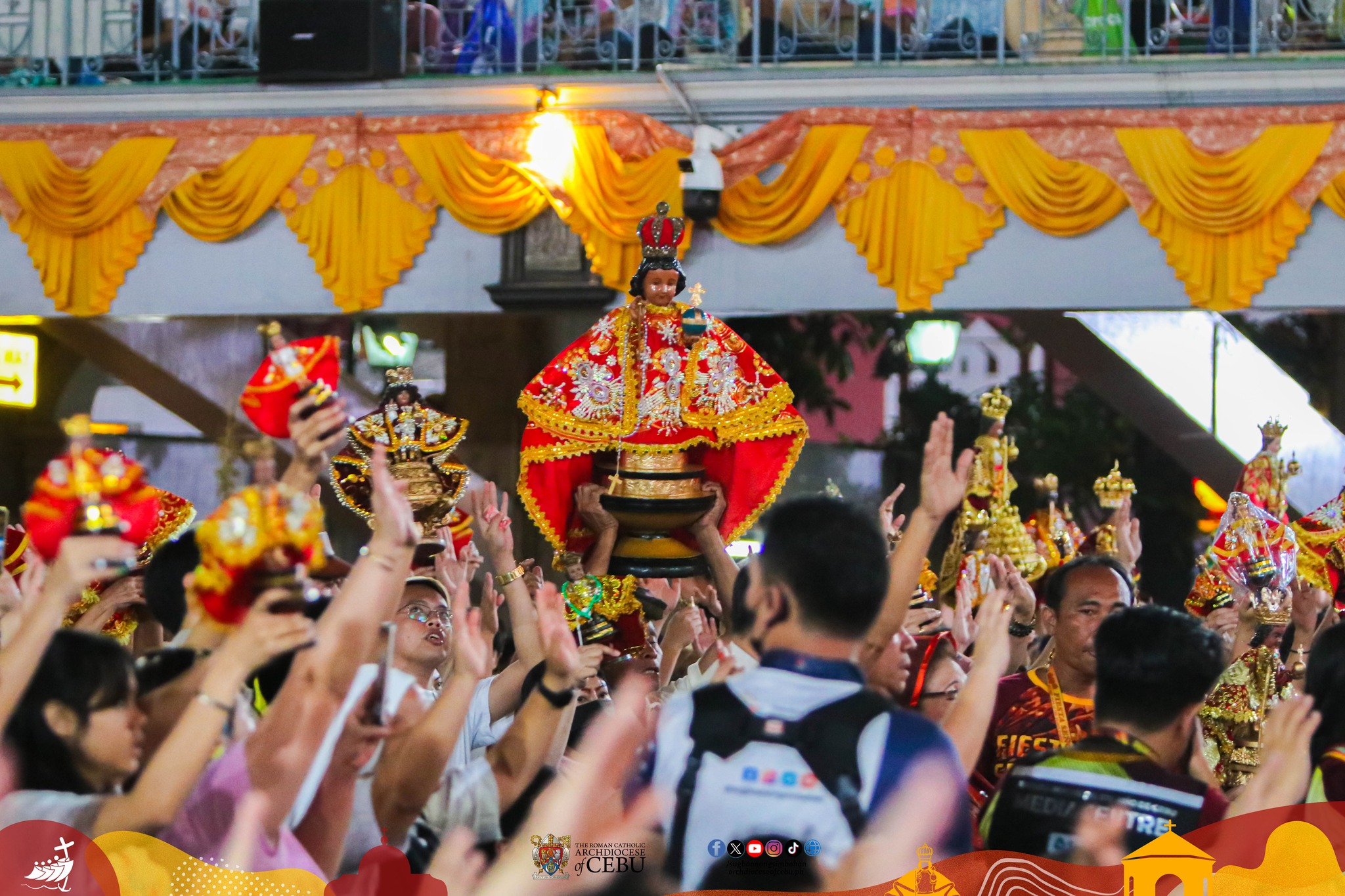
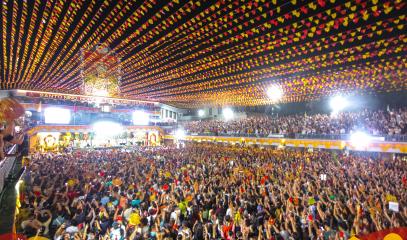
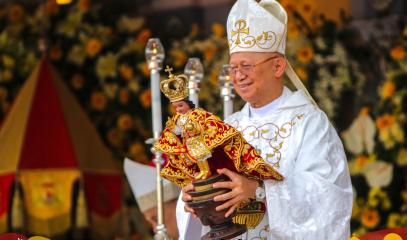

.png)
